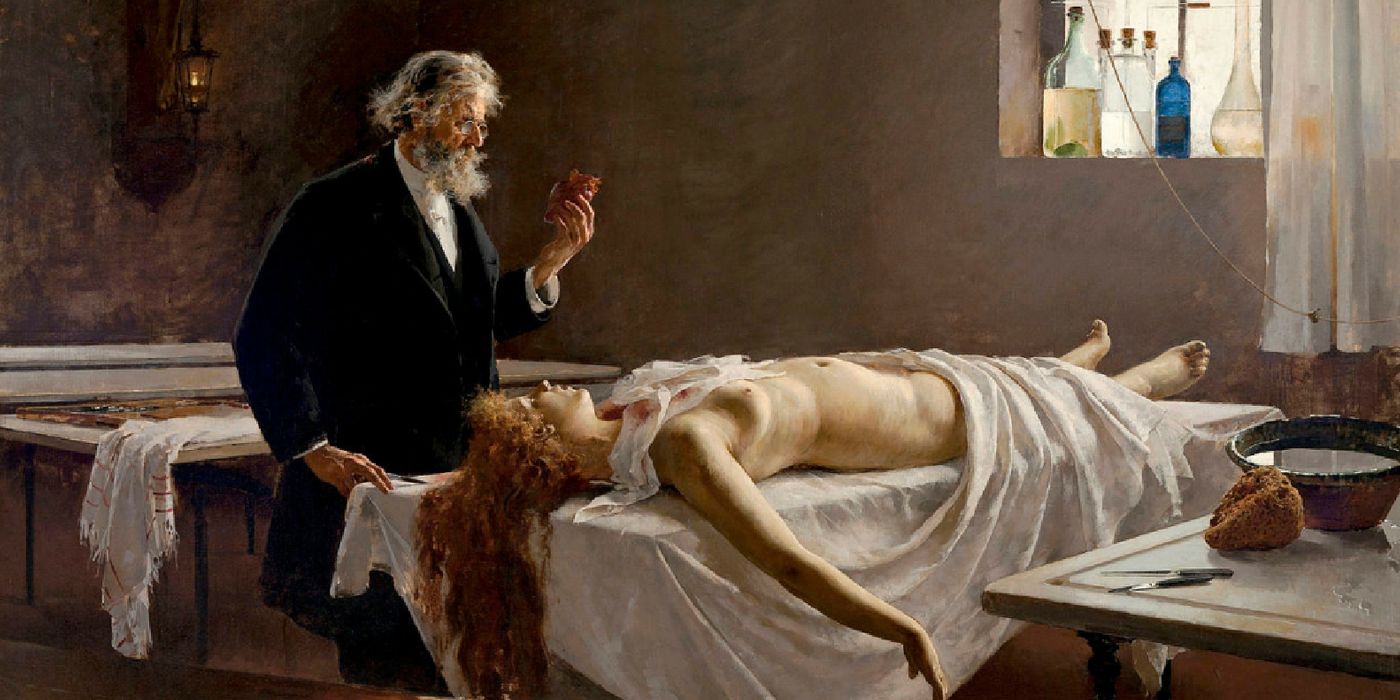Cause of Death Revealed Through CT Scan
An accurate diagnosis is not just for the living. Everyday, pathologists perform autopsies on dead bodies to discover the cause of death - information that can provide closure to families, settle criminal investigations, and potentially warn health officials of any outbreaks.
Yet, how autopsies are conducted need not always be so invasive, say researchers from the UK. Using CT technology, the team say their methods could allow medical examiners to determine the cause of death without cutting open the body at all.
In a standard post-mortem examination, a pathologist meticulously examines the body, externally and internally, to find the cause of death. The internal investigation may involve a Y-shaped incision on the torso, and removal of the chest plate to expose organs in the chest cavity. Pathologists can then remove and examine individual organs, such as the heart, lungs, liver, kidneys, for possible cause(s) of death. A typical autopsy takes between two and four hours.
"Over the years, there have been several attempts to develop alternative approaches to the invasive autopsy, to limit the extent to which the cadaver is dissected," said Dr. Guy Rutty, a professor of forensic pathology at the University of Leicester in the United Kingdom, and lead study author. "Although these techniques have been published, the invasive examination remains the standard adopted approach."
The new postmortem technique relies on computed tomography-angiography, called PMCTA. Instead of cutting open the body, the pathologist inserts a catheter into an artery, and a CT scanner enables viewing of the blood vessels. This technique is designed to pick up arterial blockages due to cholesterol or plaque buildup, a hallmark diagnosis of coronary artery disease.
Because the disease is the leading cause of death of men and women, PMCTA would be suitable as a first line of examination. The team tested the technique in 210 natural deaths and found that PMCTA correctly determined cause of death in 92 percent of these cases. Where PMCTA is negative or inconclusive, pathologists will proceed to traditional autopsy procedures.
"There will always be cases that are more complicated [and] complex and require a thorough, full autopsy examination," said Rutty. But he believes having PMCTA as “part of all autopsy practice,” would help improve the process.
Additional source: Live Science









